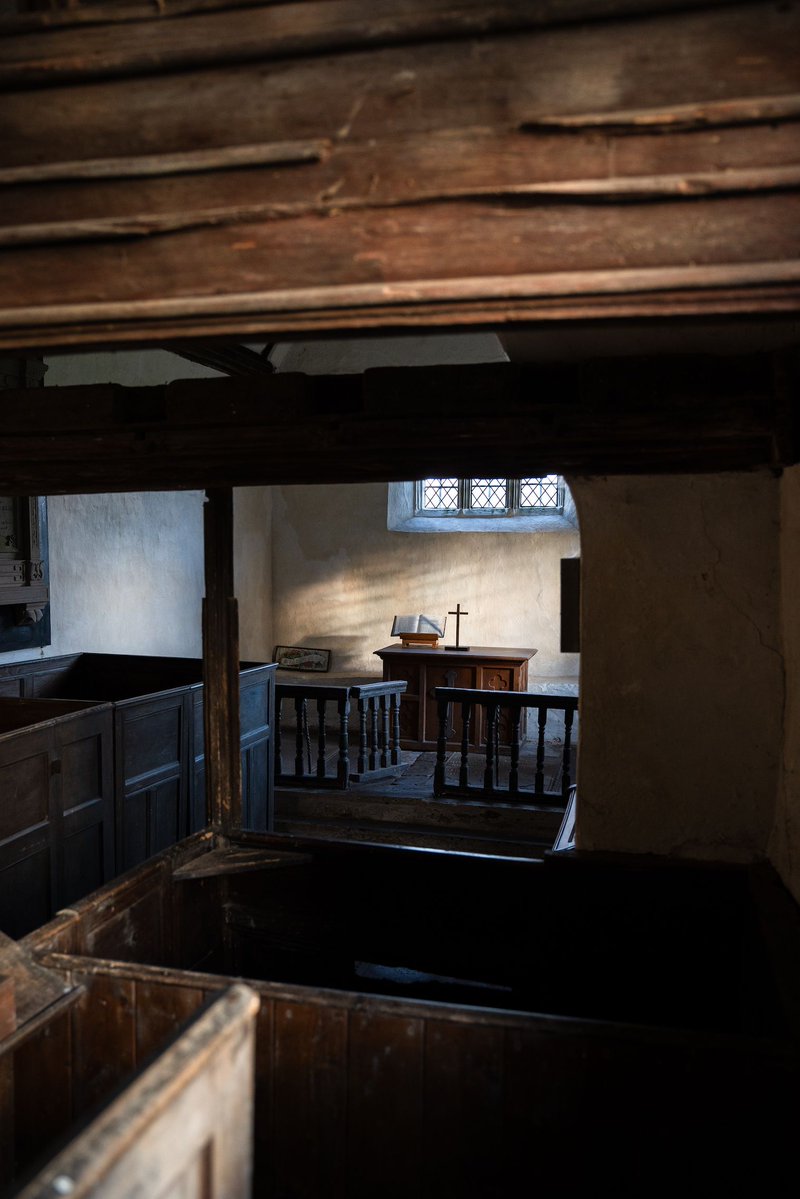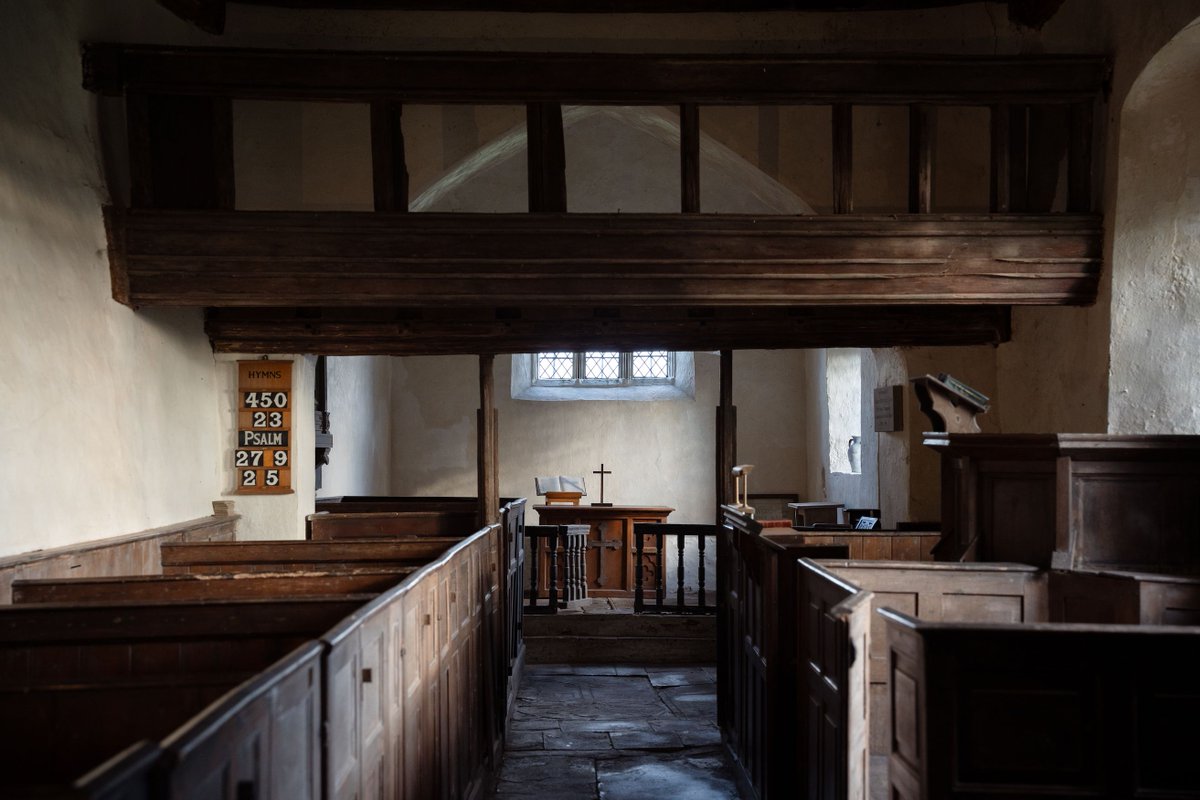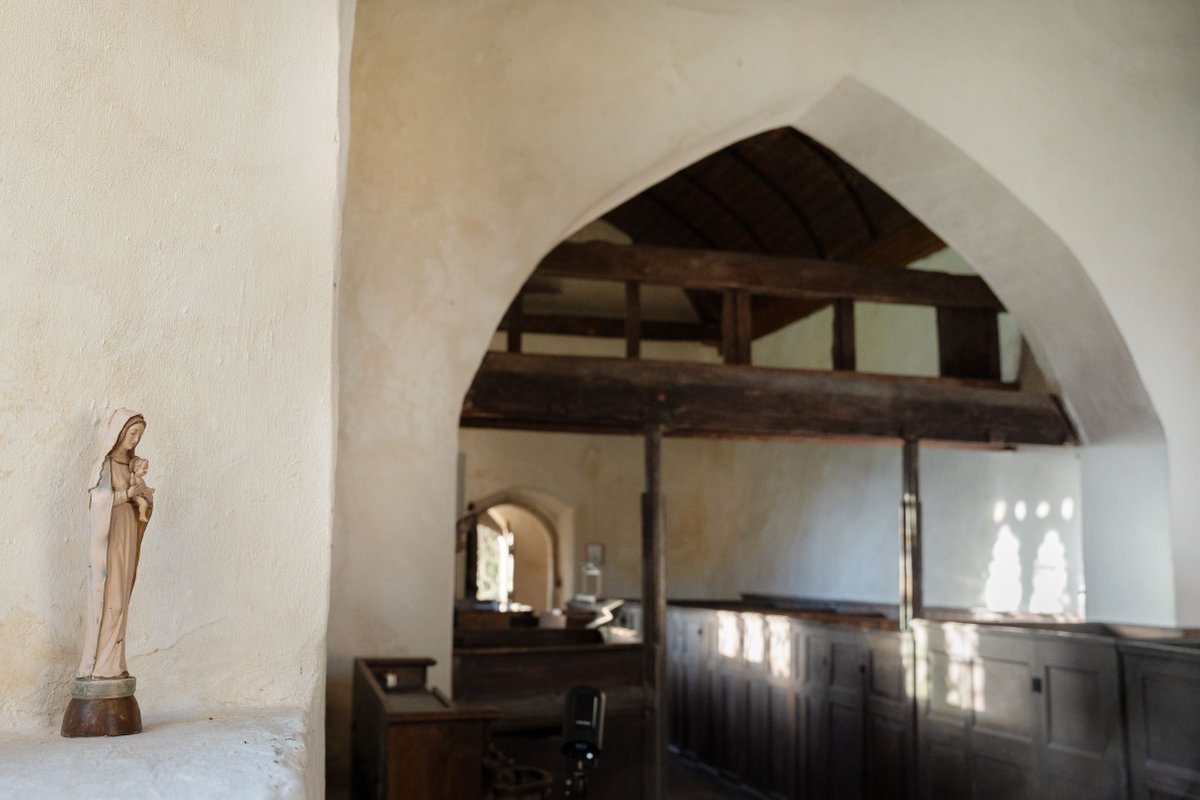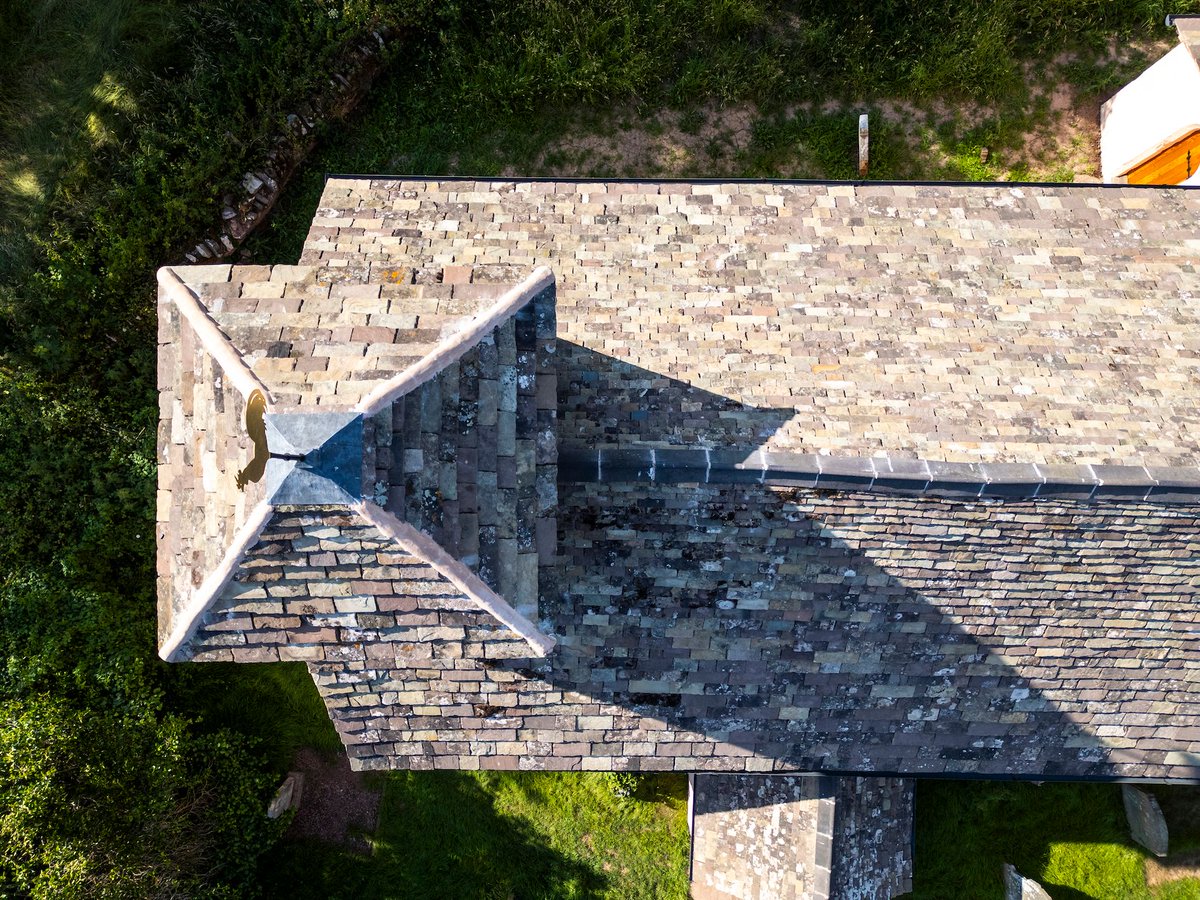In 1914, Emile de Vynck, his wife and baby arrived in North Wales. Their home in Malines, Belgium had been bombed. Lloyd George found houses for several displaced families in Gwynedd, and took the de Vynck family into his own home in Criccieth.
#thread
#thread

On 16th October 1914, Emile was interviewed by The Cambrian News:
“I left Malines when the Germans bombarded it for the fifth time. Nearly everyone fled the day after the German brutes entered the town. In terror we rushed to another village. 2/
“I left Malines when the Germans bombarded it for the fifth time. Nearly everyone fled the day after the German brutes entered the town. In terror we rushed to another village. 2/
A kindly farmer hid us in his barn and we lay there on the straw. When we woke we escaped to Duffel and from there to Bruges where we arrived at midnight and found the town in darkness. Two ladies gave us hospitality and the next day at a very early hour we went on to Ostend. 3/
We stayed there only a quarter-of-an-hour and then took the boat for Folkestone. Everyone gave us food and dainties and when we arrived in London we were taken to St Giles Home where we stayed 4 days. Then they sent us down to Criccieth where we have been very kindly received. 4/
My wife and I and the baby (Pauline) thank from our hearts the ladies of the Committee for all their kindness to us and also the people of Criccieth. I desire to be excused, being a Fleming, for writing such a short account but I have done all I can to make myself understood”. 5/ 

Emile and his family eventually moved to a property of their own in the small village of Pentrefelin. Here, you will find the church of St Cynhaearn. Being a talented wood carver, Emile created beautiful objects for several churches in the area. 6/ 

At St Cynhaearn, he carved the cross above the altar. He carved items for St Beuno’s, Penmorfa. And at Tremadog, he carved a reredos in a Renaissance style that had been designed by C R Ashbee.
7/
7/

The de Vynck family stayed in North Wales until the 1920s, when they returned to Belgium, but their legacy remains.
All images are of our church St Cynhaearn’s at Ynyscynhaearn.
8/8
All images are of our church St Cynhaearn’s at Ynyscynhaearn.
8/8

• • •
Missing some Tweet in this thread? You can try to
force a refresh






















